Extreme User Interview Add/remove
Purpose:
The purpose of an extreme user interview is to gather insights from people who are either extremely familiar or completely unfamiliar with the product/service you are designing. The interview can both be used to identify what the problem is with the maybe already existing product/service or to test a new product/service as the method will highlight key issues/new opportunities for improvement.
Tips to include participants who are not able to:
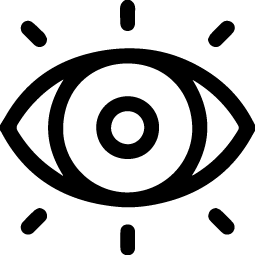
See

Focus
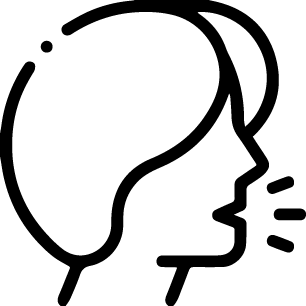
Speak
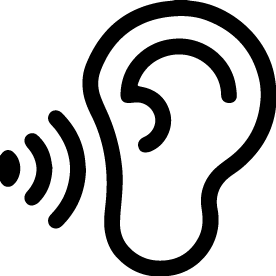
Hear
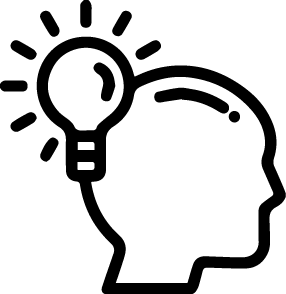
Think
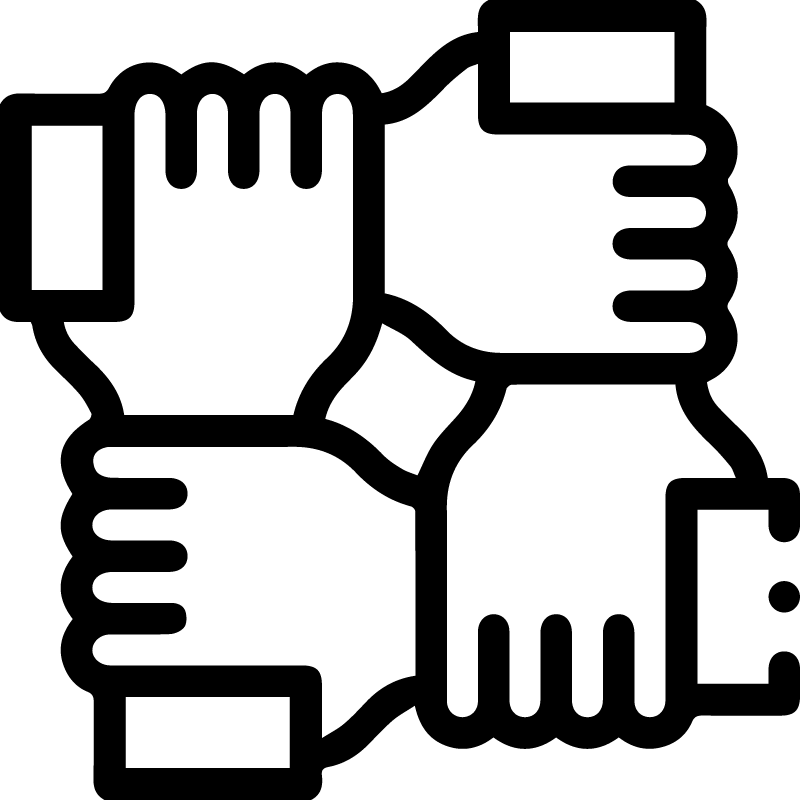
Hold
Overview
Input
Interviewguide
Output
Problems or key aspects to improve
Complexity
Simple
Time
1-3 hours
Participants
1-3
Activity
Core abilities:
- Ask question
- Take notes
Step by step:
Identify users that fall under the following categories:
- Extremely familiar with your product/service
- Complete unfamiliar with your product/service
- Loving fan of your product/service
- Utterly hate your product/service
Conduct interviews with each of the user groups separately.
When doing this method you should consider:
Make sure you prepare interview questions that are specific so that you get specific feedback making it easier for you to identify problems or opportunities for improvement.
If you have the time, find more than one person from each of the different user categories and interview multiple people.
If you choose to use the method within a workshop, divide your users in groups of 2-3 participants so the person being interviewed is not overwhelmed.
When conducting the interview it would be beneficial if you have the opportunity to show a mockup or prototype that the users can interact with. Having a boundary object like a physical/visual representation of your product or service makes the feedback in the interview much more valuable.
If you want to add an extra layer to the method you could include a voting method within the interview and make the user vote/argue why certain things are good/not good from their perspective.
Materials needed:
- Interview guide
- Pens
- Paper

